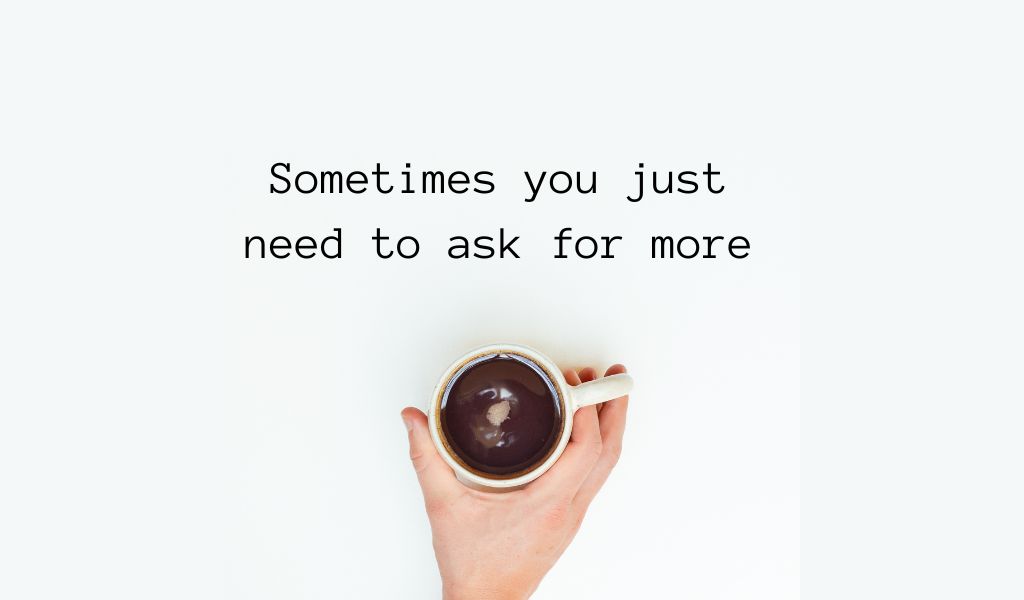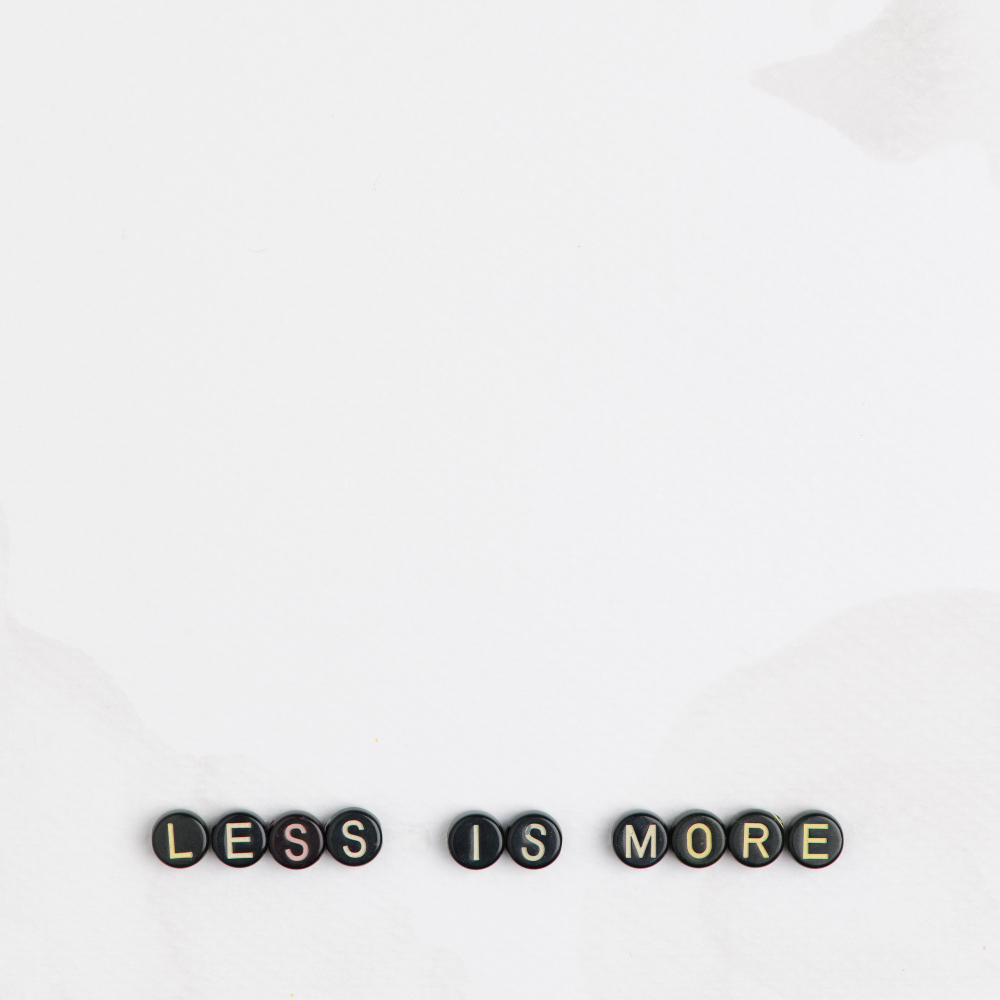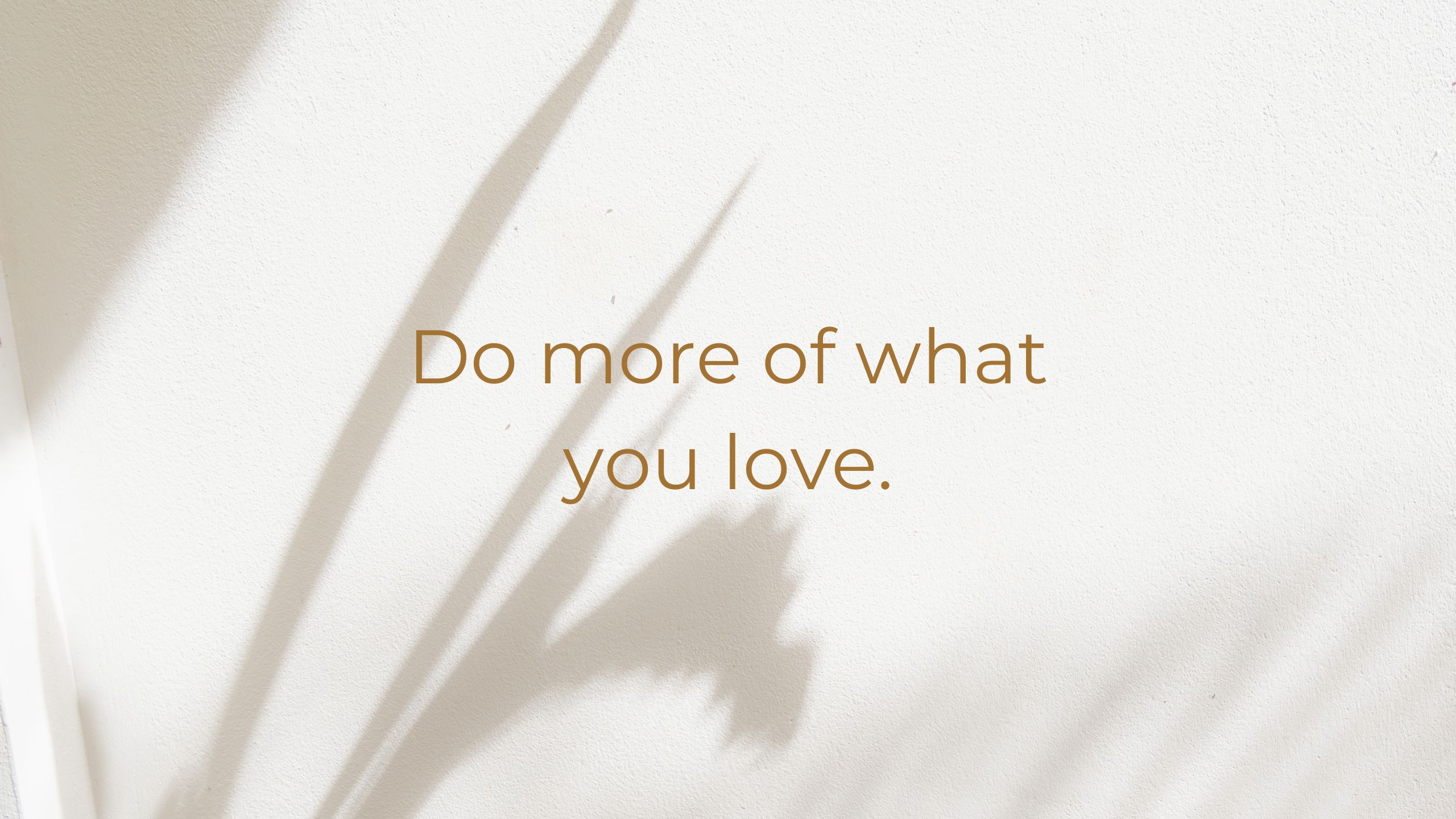Don’t Be Afraid to Ask For More in Serbian
Using 'više' and 'još' in the Serbian language
By Danica Gómez Marković

What do these words – više and još – mean in Serbian? Surprisingly enough, they both mean “more”. But there’s a catch.
These words aren’t always interchangeable. My husband Chris was always mixing them up. I helped him learn to use them well. In this article, I will explain how you too can use them correctly and never make a mistake again.
With verbs
Još + verbs
Positive verbs
You want to express that something is still happening.
Position: before the verb
Meaning: još + positive verb = still
Example: Još radim u istoj firmi. I still work at the same firm.
Negative verbs
You want to express that something hasn’t happened yet.
Position: before the verb
Meaning: još + negative verb = yet
Example: Još nisam išla kod frizera. I haven’t gone to the hairstylist’s yet.
The meaning we want to transmit in Serbian is: I still haven’t gone to the hairstylist’s.
Više + verbs
Positive verbs
Form: VIŠE + positive verb + NEGO
Meaning: more than*
If you use više with a positive verb and nego (than) in the second clause, then you are comparing and saying you like doing something more than something else.
Više volim da skijam nego da plivam. I prefer to ski than to swim. (You can actually translate VIŠE VOLETI as to prefer.)
Više idem na more nego na planinu. I go to the seaside more than to the mountains.
*If you want to express the opposite and say to do or love something less, then use the word manje instead of više.
Manje volim da skijam nego da plivam. I like skiing less than swimming.
Manje idem na more nego na planinu. I go to the seaside less than I go to the mountains.
With negative verbs
If you use više with negative verbs, you are not comparing, but actually saying that something is not happening anymore.
Više ne radim u istoj firmi. I don’t work in the same company anymore.
Compare these:
Još ne radim u toj firmi. – I’m not working in that firm yet.
Više ne radim u toj firmi. – I’m not working in that firm anymore.

With the verb IMATI (between a verb and a noun)
As we do not have the equivalent expression of there is/are, we primarily use the verb imati (to have) instead. If you combine this expression with više or još, you will get two different things. Check out these examples:
Ima još slatkiša u kuhinji. – There are more sweets in the kitchen. (besides the ones you see)
With više we want to say there is more of something or not more of something.
Ima više slatkiša u kuhinji. – There are more sweets in the kitchen. (more than here)
Nema više slatkiša u kuhinji. There are no more sweets in the kitchen.
With HTETI or ŽELETI (after the verb)
- Želim/hoću više. – I want more than what I have or something better.
- Želim/hoću još. – I want more of what I have, just a bigger quantity.
- ! Šta više hoćeš? – What more do you want?
Watch out for this one because it sounds like the person saying it is running out of his or her patience.
- Šta još hoćeš? – This one means ‘what else do you want’ but watch for the context. It can also have a figurative meaning like ‘you should be thankful for what you have’.
But, remember, if you are having a drink or something to eat, and you want more of it, you ask for još, not više. You can say:
Hoću još. OR Želim još.
Quantity

Pay attention to the meaning in the following examples:
- Imam više prijatelja nego pre dve godine. I have more friends than two years ago.
It’s not possible to use još instead of više here. The reason is that we always use više for comparison (the word nego signals the comparison).
- Imam još prijatelja, nisu me svi napustili. I have more friends, not everyone has abandoned me.
We can’t use više here because it would sound like some kind of comparison. What we are saying here is: I still have some friends left, apart from the ones who abandoned me.
- – Upsi, pojeo sam ti svu čokoladu.
– Nema veze, kupio sam još.
– Ups, I have eaten all of your chocolate.
– No worries, I bought more (than the one you ate).
This example is actually similar to the one before. We can’t use više here because we are not comparing. We are just stating that there’s more quantity of something.
With nouns
In the same way as in the last example, to ask for more of something, use još:
Još piva, molim vas. More beer, please.
Or with numbers:
Još jedno pivo, molim vas. One more beer, please.
Više jedno pivo, molim vas. We don’t use numbers after više.
Ja želim više avantura u svom životu. I want more adventures in my life than I already had. Remember, with više almost always there is some kind of comparison involved.
Ja želim još avantura u svom životu. I had adventures and I want more of them.
With other words
There are some words that još and više can be combined with in order to form expressions of a specific meaning.
Još + uvek
Meaning: still, yet (same as with još + verbs)
Još uvek radim u istoj firmi. I still work at the same firm.
Još uvek nisam išla kod frizera. I haven’t gone to the hairstylist yet (but we actually say ‘I still haven’t gone to the hairstylist).
Još + comparative adjective
Meaning: even more
Ako sam ja štreber, onda si ti još veći. If I’m a nerd, you’re an even bigger one.
Još + više
Meaning: even more
Ako sam ja štreber, onda si ti još više. If I’m a nerd, you are even more (of a nerd).
Više + nikad (nikad + više)
Meaning: never again
Nikad više neću ići u taj hotel. Usluga je bila očajna. I’ll never go to that hotel again. The service was awful.
Više nikad neću gledati horor filmove. I’ll never watch horror movies again.
Hajde + više
Meaning: come on already
Čekam na semaforu 100 godina da se uključi zeleno. Hajde više! I’ve been waiting for 100 years for a green light. Come on already!

What is the best way to learn to use JOŠ and VIŠE correctly?
You first need to read this article carefully. Focus on the general and then on the specific. Još and više are rarely interchangeable, even though they have the same meaning.
Remember that više almost always involves a comparison while još is to express more of the same. Make many examples of your own. Think about day-to-day situations when you would use these words.
Once you get the general knowledge, pay attention to the special meanings these words can form. Learning in context is much easier so think of a specific situation where you would use još više, više nikad or hajde više.
Most important thing: get out and practice. Or connect with others and practice.
Want to know more about the Serbian language?
Check out our beginner lessons and start learning for free.